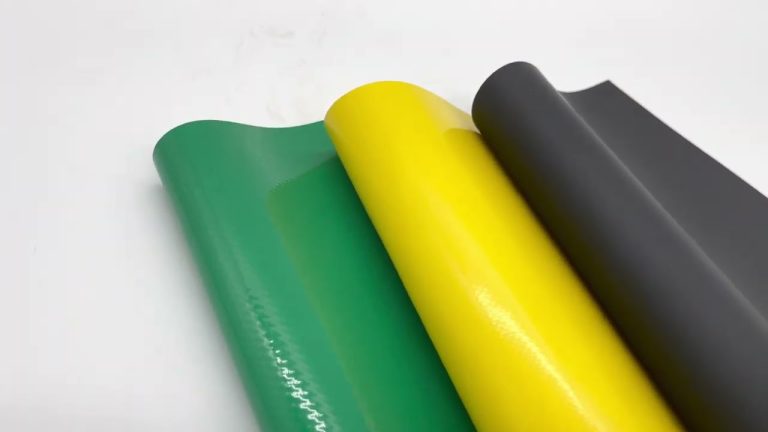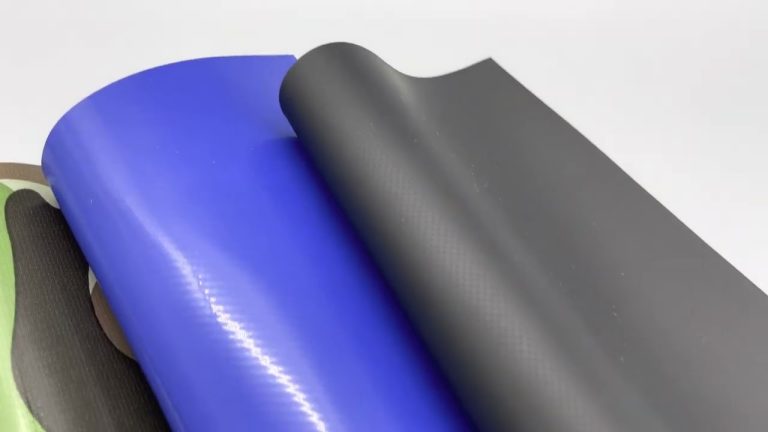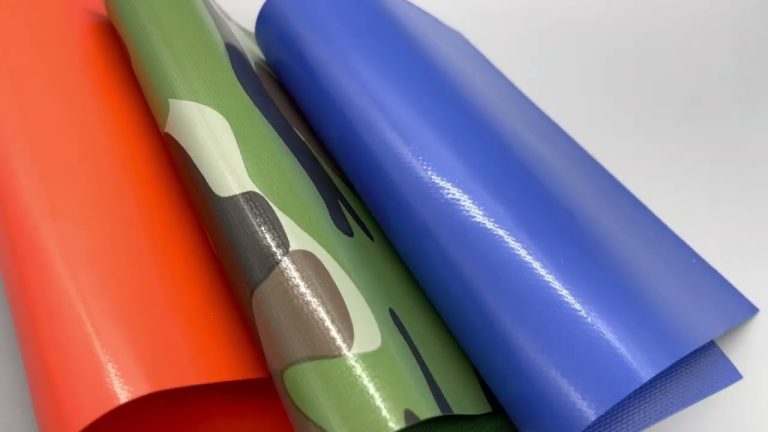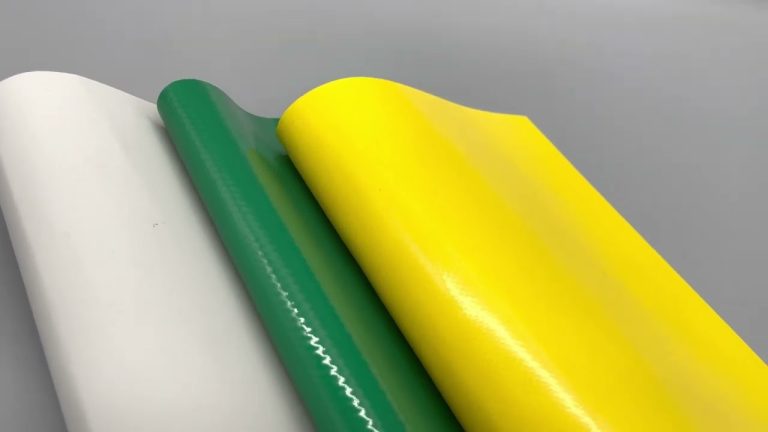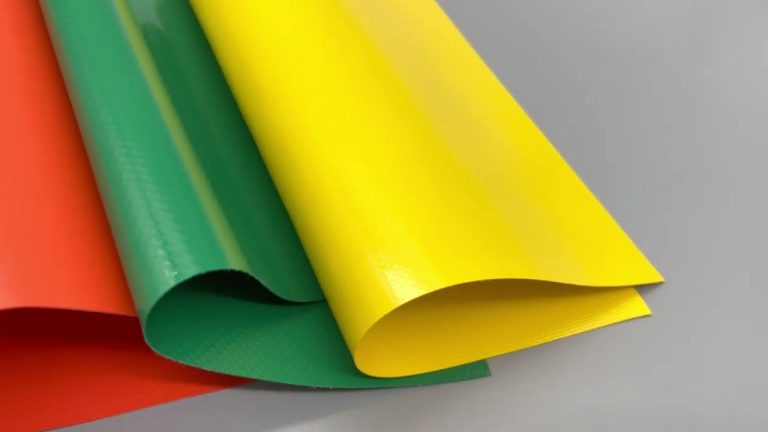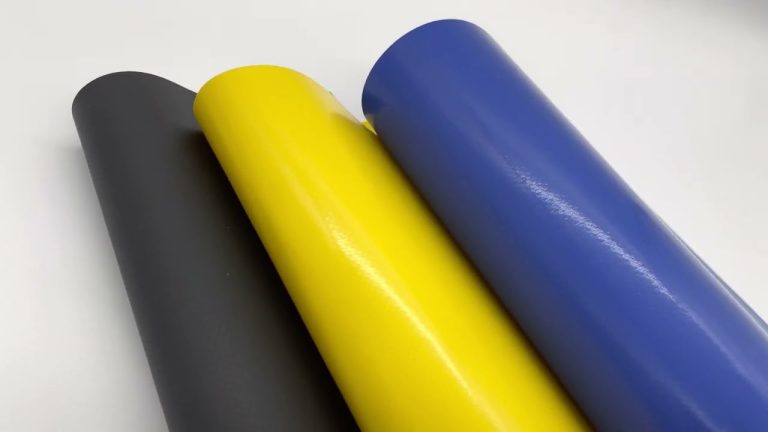SUPER VINYLTARP https://www.vinyltarpaulin.com/shop
Email: dorantsimlw@gmail.com
Please visit our website for more information. You can find links as follows:
https://www.vinyltarpaulin.com/product/pvc-tarpaulin-truck-cover-fabric-1000d1000d-2020-650gsm-23oz
https://www.vinyltarpaulin.com/product/pvc-tarpaulin-truck-cover-fabric-1000d1000d-2020-680gsm-24oz
https://www.vinyltarpaulin.com/product/pvc-tarpaulin-truck-cover-fabric-1000d1300d-2018-610gsm-22oz
When choosing a PVC tarpaulin, one of the most important factors to consider is its weight. The weight of a PVC tarpaulin not only affects its durability and performance but also plays a key role in determining its suitability for specific applications. Whether you’re purchasing tarpaulins for outdoor use, industrial protection, or commercial purposes, understanding the weight of PVC tarpaulins can help you make an informed decision. In this article, we’ll explore the factors that influence PVC tarpaulin weight, how it impacts performance, and how to choose the right weight for your needs.
What is PVC Tarpaulin?
PVC tarpaulins, short for polyvinyl chloride tarpaulins, are versatile and durable materials made from woven fabric coated with PVC. They are widely used in various industries for protection against rain, UV rays, wind, and other environmental factors. PVC tarpaulins are known for their waterproofing, tear resistance, and ability to withstand harsh conditions, making them ideal for applications such as truck covers, outdoor furniture protection, camping gear, construction site covers, and more.
Factors That Influence PVC Tarpaulin Weight
The weight of a PVC tarpaulin is determined by several factors:
1. Fabric Thickness
- The primary factor affecting the weight of a PVC tarpaulin is the thickness of the fabric (also referred to as mil or micron thickness). Thicker tarpaulins (measured in mils or microns) are heavier but also more durable and resistant to damage.
- Common thicknesses for PVC tarpaulins range from 500 microns (0.5 mm) to 1,000 microns (1 mm), with heavier-duty tarpaulins exceeding 1,000 microns.
2. Coating Quality
- The coating applied to the fabric base also contributes to the weight. High-quality PVC coatings are thicker and more effective at enhancing waterproofing, UV resistance, and durability, but they add to the overall weight of the tarpaulin.
3. Reinforcement Materials
- Some PVC tarpaulins are reinforced with materials like polyester or fiberglass to improve strength and tear resistance. These reinforcements can increase the weight of the tarpaulin while enhancing its performance.
4. Size of the Tarpaulin
- A larger tarpaulin will naturally be heavier than a smaller one, even if both are made from the same material and thickness. The weight is directly proportional to the surface area.
5. Additives and Treatments
- Tarpaulins treated with additional features, such as UV stabilizers, flame retardants, or anti-fungal agents, may weigh slightly more due to the inclusion of these additives.
How Weight Affects PVC Tarpaulin Performance
The weight of a PVC tarpaulin is a key indicator of its quality and performance. Here’s how weight impacts various aspects of a tarpaulin’s functionality:
1. Durability
- Heavier tarpaulins are generally more durable and resistant to tears, abrasions, and punctures. This makes them ideal for heavy-duty applications, such as covering construction equipment or protecting cargo during transportation.
- Lightweight tarpaulins, while portable and easy to handle, may wear out faster in demanding conditions.
2. Waterproofing
- Thicker PVC coatings contribute to better waterproofing and moisture resistance. Heavier tarpaulins with denser coatings are less likely to allow water to penetrate, making them suitable for outdoor use in rainy or humid environments.
3. UV Resistance
- Tarpaulins with heavier coatings often include enhanced UV protection, which prevents fading and degradation caused by prolonged exposure to sunlight.
4. Portability
- Heavier tarpaulins may be more challenging to move and store, especially for larger sizes. If portability is a priority, a lightweight tarpaulin may be a better choice.
5. Fire Resistance
- Some PVC tarpaulins, particularly those with flame retardant treatments, may weigh slightly more due to the inclusion of fire-resistant chemicals. These tarpaulins offer additional safety in environments where fire hazards are a concern.
6. Application Suitability
- The weight of a PVC tarpaulin should align with its intended use. For example:
- Lightweight tarpaulins (500-700 microns) are ideal for temporary protection, such as camping, picnics, or light-duty covering.
- Heavy-duty tarpaulins (800 microns or above) are better suited for industrial applications, such as truck covers, construction site protection, and long-term outdoor use.
Common PVC Tarpaulin Weights
PVC tarpaulins are available in a range of weights to suit different needs. Here are some common weight categories:
- Lightweight Tarpaulins (500-700 microns)
- Weigh approximately 300-500 grams per square meter (gsm).
- Suitable for lightweight applications, such as temporary covers, camping, and personal use.
- Medium-Duty Tarpaulins (700-900 microns)
- Weigh approximately 500-700 gsm.
- Ideal for medium-duty applications, such as outdoor furniture covers, small vehicle protection, and general-purpose use.
- Heavy-Duty Tarpaulins (900 microns and above)
- Weigh approximately 700 gsm and above.
- Designed for tough, heavy-duty applications, such as truck tarpaulins, construction site covers, and long-term outdoor protection.
Choosing the Right PVC Tarpaulin Weight
To select the right PVC tarpaulin weight for your needs, consider the following factors:
- Intended Use
- Determine the specific application for the tarpaulin. If you need protection in harsh environments or for heavy-duty tasks, a heavier tarpaulin is recommended.
- Environmental Conditions
- If the tarpaulin will be exposed to rain, wind, or UV rays, opt for a heavier, more durable option with enhanced waterproofing and UV resistance.
- Portability Requirements
- If ease of transport and storage are important, a lightweight tarpaulin may be more practical, even if it means compromising slightly on durability.
- Budget
- Heavier tarpaulins with higher quality coatings and reinforcements tend to be more expensive. Balance your budget with the performance requirements of your application.
- Customization Options
- Some manufacturers offer custom PVC tarpaulins in specific weights, sizes, and thicknesses. This allows you to tailor the material to your exact needs.
Conclusion
The weight of a PVC tarpaulin is a crucial factor that influences its durability, performance, and suitability for different applications. By understanding how weight relates to factors like thickness, coating quality, and reinforcement materials, you can make an informed decision when selecting a PVC tarpaulin. Whether you’re looking for a lightweight option for temporary protection or a heavy-duty tarpaulin for industrial use, choosing the right weight ensures optimal performance and value for your investment.
With the right PVC tarpaulin, you can enjoy reliable protection, whether you’re safeguarding equipment in a construction site, transporting goods, or enjoying outdoor activities. Take the time to evaluate your specific needs and choose a tarpaulin that matches both your requirements and intended use for long-lasting, effective performance.

